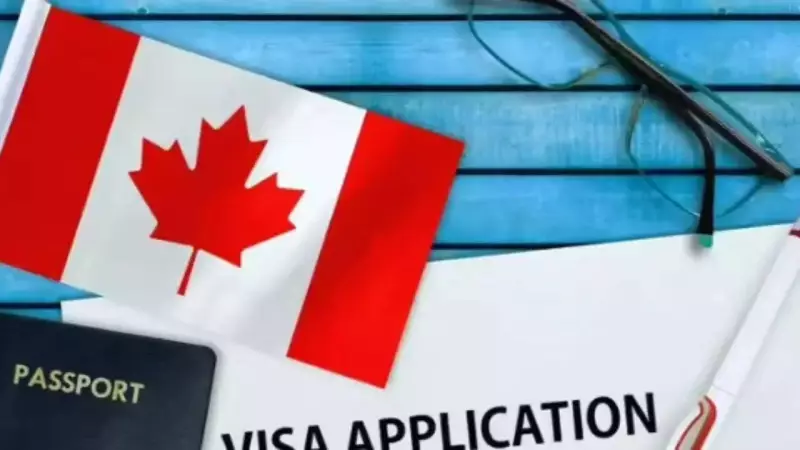
In a significant policy shift, Canada has unveiled its immigration blueprint for 2026-2028, marking a dramatic departure from its recent approach to temporary resident intake. The new strategy prioritizes long-term stability over short-term gains, with substantial reductions planned for international students and other temporary residents.
From Temporary Flow to Permanent Growth
The Canadian government is fundamentally restructuring its immigration system to address growing concerns about housing shortages, infrastructure strain, and program integrity. After years of rapidly expanding temporary resident programs, officials are now pulling back sharply to create a more sustainable migration model.
The numbers tell a compelling story: Canada plans to reduce the temporary resident population from the current 6.2% of the total population to just 5% over the next three years. This represents one of the most substantial adjustments to Canada's immigration approach in recent memory.
International Students Bear the Brunt
International education programs, particularly those that have faced criticism for being immigration pathways rather than quality education opportunities, will see significant constraints. The government is implementing stricter controls on student visa approvals and cracking down on institutions that fail to meet educational standards.
"We are recalibrating our immigration system to ensure it serves Canada's long-term interests," immigration officials stated. "This means prioritizing genuine students and reducing the strain on our housing and social services."
The Three-Year Roadmap
Canada's new immigration strategy unfolds through a carefully phased approach:
- 2026: Immigration levels set at 281,000 permanent residents
- 2027: Targets adjusted to 291,000 permanent residents
- 2028: Stabilization at 301,000 permanent residents
This gradual increase in permanent residency spots contrasts sharply with the simultaneous reduction in temporary resident admissions, signaling a clear policy preference for settled immigrants over transient populations.
Economic Immigration Takes Center Stage
The new plan maintains strong emphasis on economic-class immigration, which continues to form the backbone of Canada's migration strategy. Programs like Express Entry and Provincial Nominee Programs will remain crucial pathways for skilled workers seeking permanent settlement.
Family reunification and refugee/humanitarian programs will see stable numbers, reflecting Canada's ongoing commitment to these traditional immigration pillars despite the overall recalibration.
Impact on Indian Students and Workers
For the substantial Indian community in Canada and those planning to study or work there, these changes carry significant implications. Indian students, who form one of the largest international student cohorts in Canada, will need to navigate:
- Stricter admission requirements for educational institutions
- Reduced pathways from student visas to permanent residency
- Increased scrutiny of financial capacity and genuine study intent
The government emphasizes that these measures aim to protect international students from exploitation while ensuring they receive quality education rather than using study programs as backdoor immigration routes.
Broader Economic Implications
This policy shift responds to multiple pressures facing Canada, including:
- Housing affordability crises in major cities like Toronto and Vancouver
- Healthcare system strains
- Public concern about rapid population growth
- Questions about program integrity in international education
By rebalancing temporary and permanent immigration streams, Canada aims to create more predictable population growth while maintaining its reputation as a welcoming nation for genuine immigrants and students.
The coming years will test whether this stability-focused approach can satisfy both economic needs and public concerns about migration's impact on Canadian society and infrastructure.





